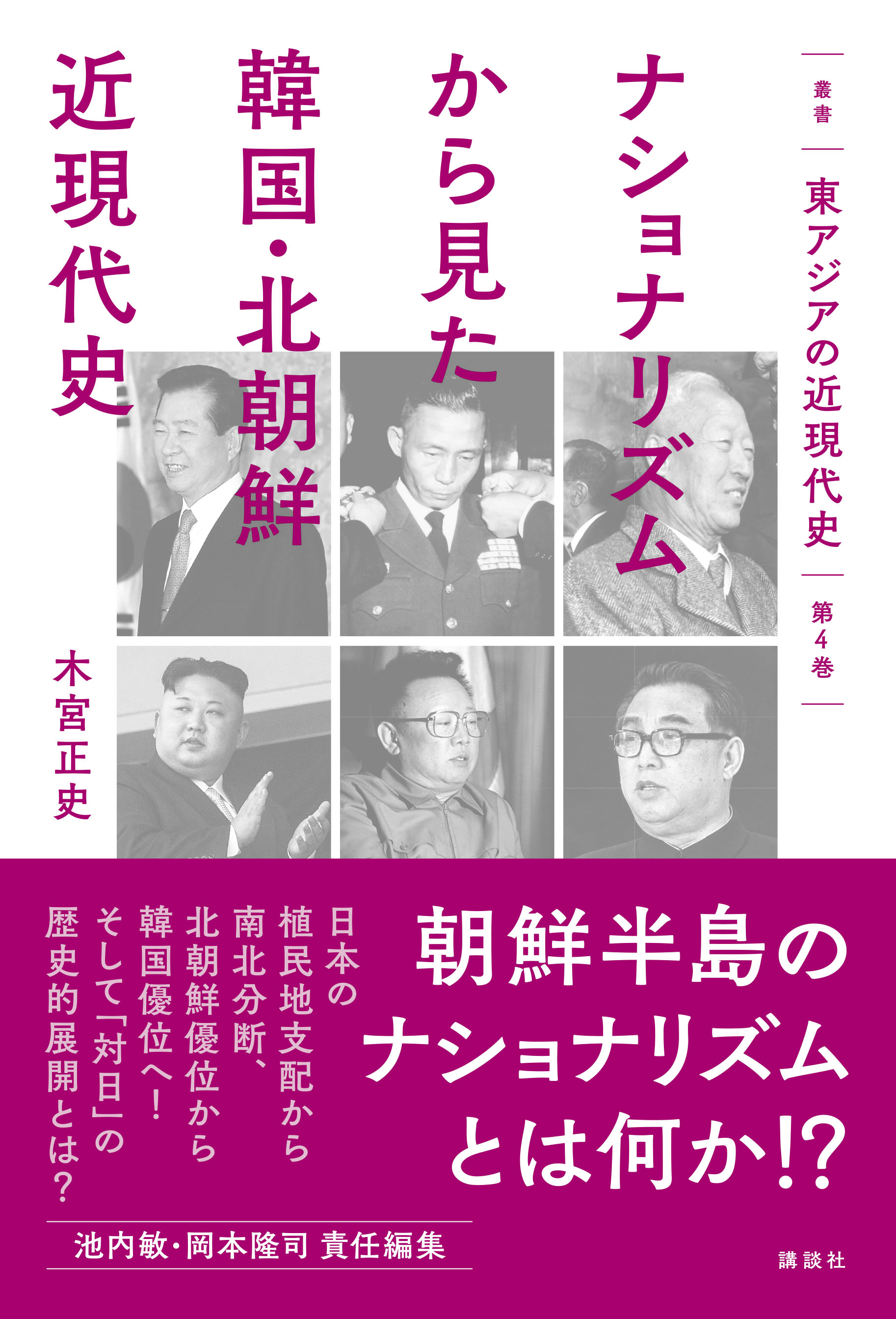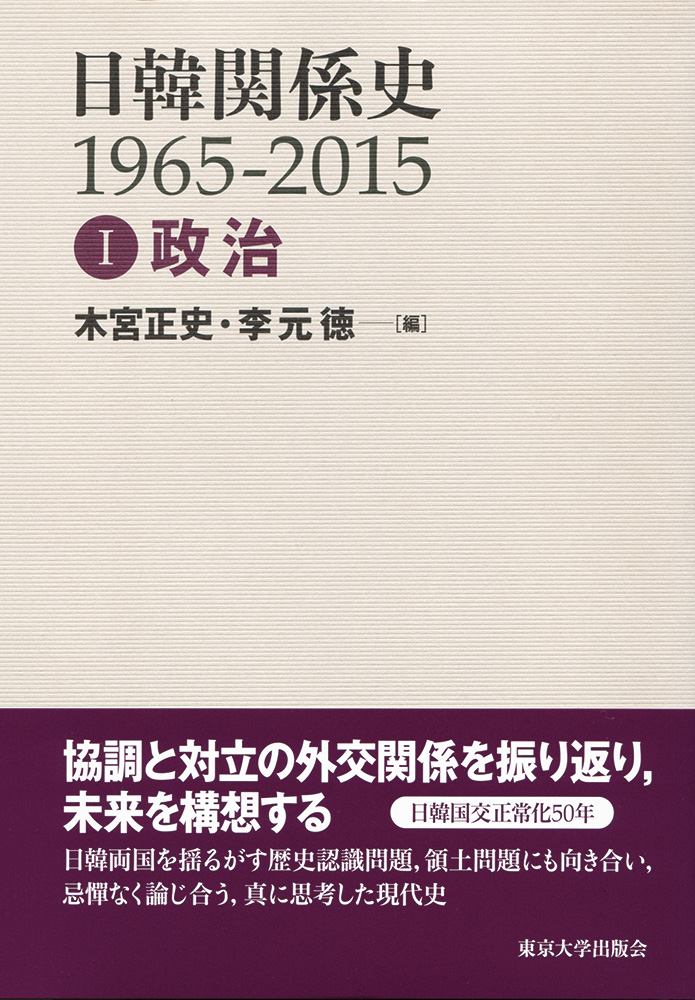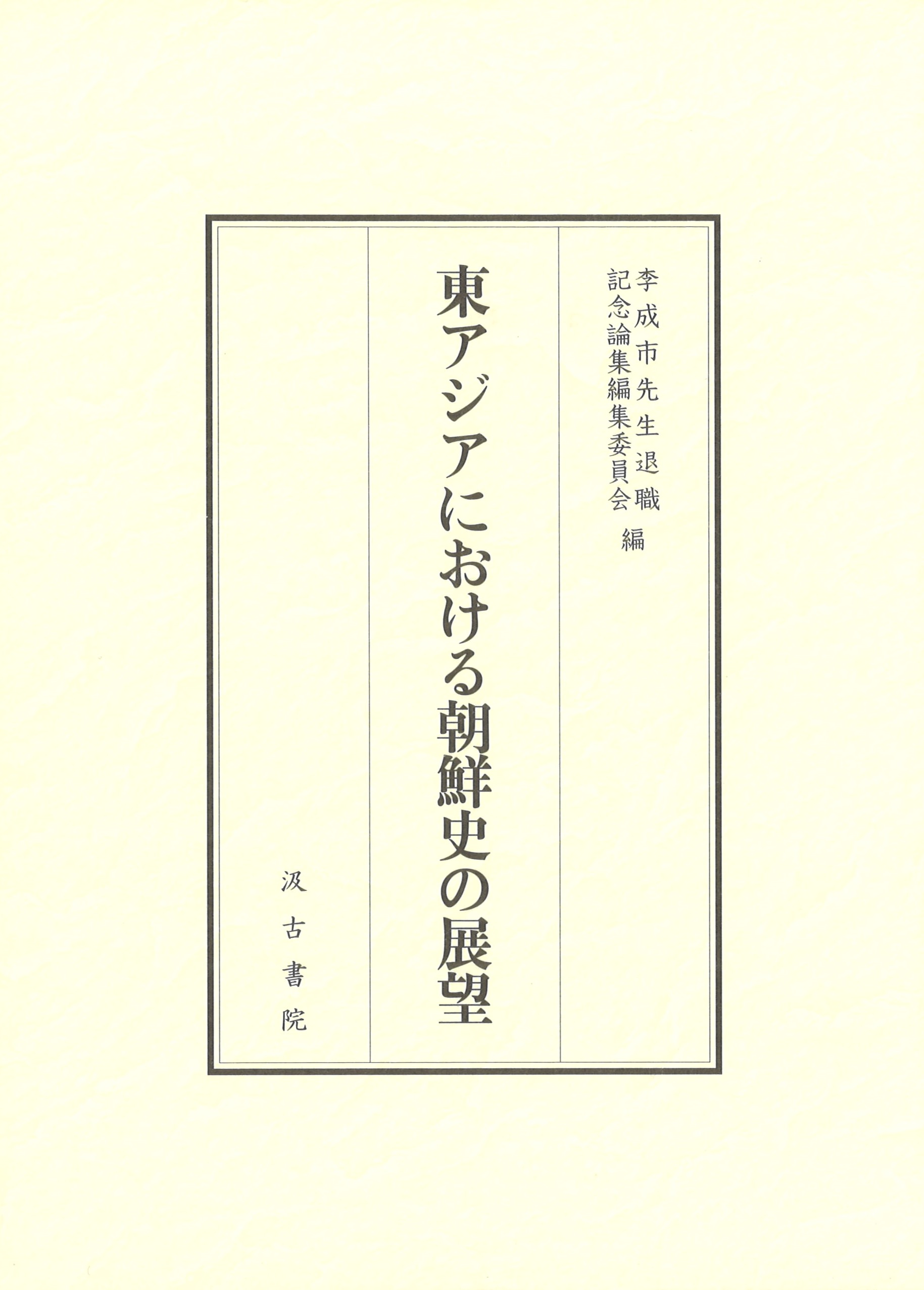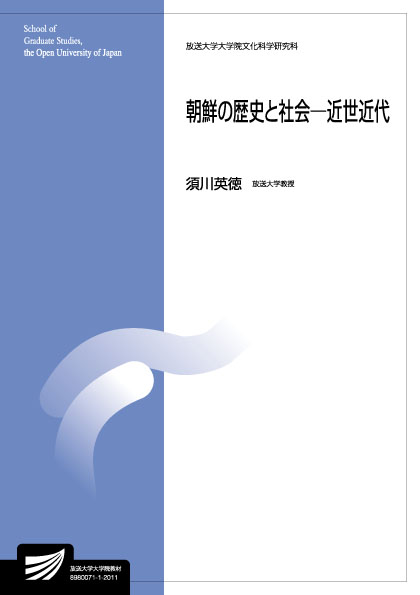
Title
The Modern and Contemporary History of East Asia, Vol.4 Nationalism kara mita Kankoku / Kita Chosen Kingendai-shi (The Modern and Contemporary History of North and South Korea as Seen from Nationalism)
Size
314 pages, 127x188mm
Language
Japanese
Released
February 01, 2018
ISBN
978-4-06-220967-0
Published by
Kodansha Ltd.
Book Info
See Book Availability at Library
Japanese Page
This book is vol. 4 of Kōdansha’s series The Modern and Contemporary History of East Asia. The situation on the Korean peninsula is still very much lacking in transparency regarding North Korea’s development of nuclear missiles. Focusing on the questions of why this reality of the Korean peninsula has been brought about and what sorts of choices by political actors have played a role in it, this book attempts to depict the dynamism of the Korean peninsula over three centuries, from the second half of the nineteenth century to the twenty-first century, by paying particular attention to the constancy of Korean nationalism and its transformation.
First, by questioning what sort of new meaning a discussion of the Korean peninsula and nationalism might have for preceding views or theories about the Korean peninsula and nationalism, I reconsider the preconception prevalent among Japanese that nationalism is strong in both North and South Korea. In doing so, I educe two types of nationalism as the prototypes of modern Korean nationalism, namely, the “nationalism of modernization,” aimed at building a modern state and developing national power through modernization, and “nationalism directed against great powers,” which is aimed at securing autonomy as an independent state when finding oneself surrounded by major powers.
I then shed light on developments in modern and contemporary Korean history by focusing on the relationships between the proponents of these two types of nationalism: namely, the attempt at modernization that began with the opening of Korea in the late nineteenth century and its “failure”; Japanese colonial rule in the early twentieth century and attempts at resistance against it; the establishment of the separate and divided regimes of North-South Korea which had its origins in the partitioning and occupation of the Korean peninsula by the United States and the Soviet Union following Japan’s surrender in World War II, and in the East-West Cold War which became entrenched following the Korean War; and, under this system, competition between the régimes of North and South Korea and its outcome, which has gone hand in hand with international politics involving the four major powers including Japan, the United States, China, and the Soviet Union (Russia).
The transformation from the initial ascendancy of North Korea to that of South Korea has been dramatic, and this has also had an influence on the transformation of nationalism. However, the ascendancy of South Korea does not mean that it has had a monopoly on nationalism. As China has turned into a great power in the twenty-first century, the question of what sort of relations North and South Korea each build with the great powers of the United States and China is entering an important phase. Furthermore, Korean nationalism has always been conscious of Japan’s existence, and it has also consistently shared the goal of unification. These relations with Japan and with unification are also rediscussed in this book.
Although North and South Korea share a similar form of nationalism originating in their mutual symmetry, they each have different forms of nationalism that have resulted from their contrasting choices. They have shared a form of nationalism aimed at unification, but whereas South Korea has chosen a “two-Korea” policy, seeking international and mutual recognition of the North-South division, North Korea has refused to accept this, maintaining that it might represent the “fixation of division,” and has clung to a “one-Korea” policy, arguing for international recognition as one federal state. North and South Korea have shared the problem of how to guarantee their “independence” vis-à-vis the major powers of the United States, China, and the Soviet Union, with which they have forged alliances. In the end, South Korea possessed a strong will to achieve good policy performance by utilizing its relations with major powers and has succeeded in securing a comeback win in the competition between the two rival régimes.
I hope that this book will help the reader understand the panorama of the history of the Korean peninsula over three centuries.
(Written by KIMIYA Tadashi, Professor, Graduate School of Arts and Sciences / 2018)



 Find a book
Find a book









